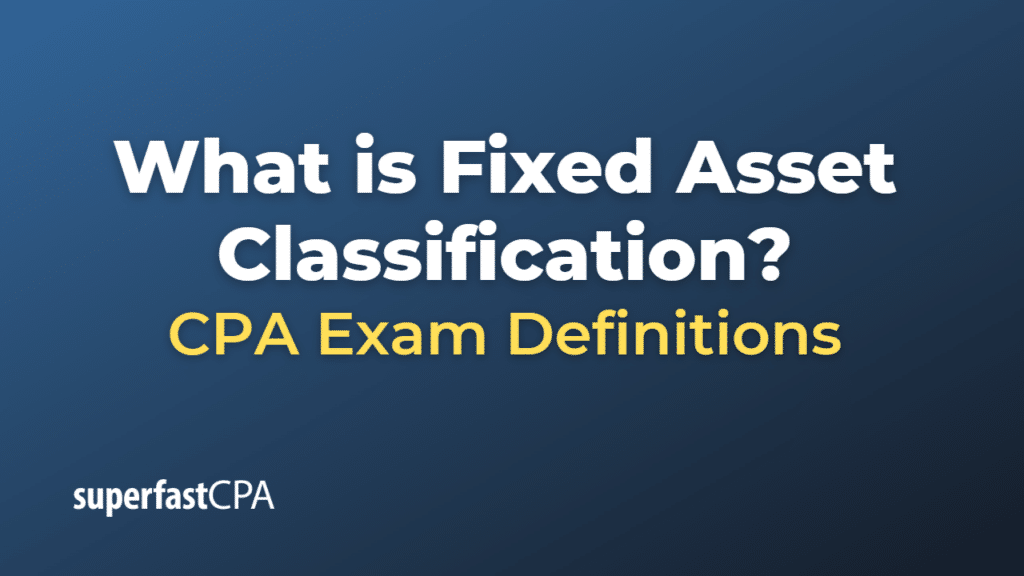Fixed Asset Classification
Fixed asset classification involves categorizing a company’s fixed assets according to their nature and usage. This classification is essential for both the proper accounting and management of these assets. Different types of fixed assets have different useful lives, depreciation methods, and maintenance needs, which is why they are separated into different classes.
Here are some common classes of fixed assets:
- Land: This includes the land on which a company’s office, manufacturing plant, or warehouse is located. Land is unique among fixed assets in that it is not depreciated.
- Buildings: This class includes all buildings owned by a company, such as factories, offices, warehouses, and retail locations.
- Machinery and Equipment: This class includes the machinery used in a company’s manufacturing process, vehicles used for business purposes, office equipment like computers and printers, and other tools and equipment used in the business.
- Furniture and Fixtures: This class includes items like office furniture, lighting fixtures, and other furnishings that are not a structural component of a building.
- Leasehold Improvements: These are modifications made to a leased property to fit the specific needs of the tenant. Leasehold improvements are depreciated over the shorter of the lease term or their useful life.
- Intangible Assets: These include non-physical assets like patents, trademarks, copyrights, and licenses.
Each of these asset classes will be depreciated over its useful life, which is the estimated period that the asset will be used in the business. For example, buildings might be depreciated over a period of 40 years, while machinery might be depreciated over a period of 10 years. This classification helps in allocating the cost of each asset over its useful life and also aids in tracking and managing the assets effectively.
Example of Fixed Asset Classification
Let’s take the example of a hypothetical manufacturing company, “ManufacCo,” to illustrate fixed asset classification.
- Land: ManufacCo owns a plot of land where its factory is situated. This land is a fixed asset under the “Land” classification.
- Buildings: The factory building, as well as any office buildings or storage facilities that ManufacCo owns, fall under the “Buildings” classification.
- Machinery and Equipment: ManufacCo has various pieces of machinery used in its production process, along with computers, printers, and company vehicles. These are all classified under “Machinery and Equipment.”
- Furniture and Fixtures: The office desks, chairs, lighting fixtures, and other furnishings in ManufacCo’s facilities are classified under “Furniture and Fixtures.”
- Leasehold Improvements: Suppose ManufacCo leases a warehouse and makes certain modifications to suit its storage needs. These modifications are a fixed asset under the “Leasehold Improvements” classification.
- Intangible Assets: ManufacCo owns several patents on its manufacturing processes, along with a trademark on its brand name. These fall under the “Intangible Assets” classification.
Each of these asset classes would be tracked and depreciated separately. For example, the machinery might have a shorter useful life and be depreciated more quickly than the buildings. This classification helps ManufacCo manage its fixed assets effectively and accurately reflect their value in its financial statements.












